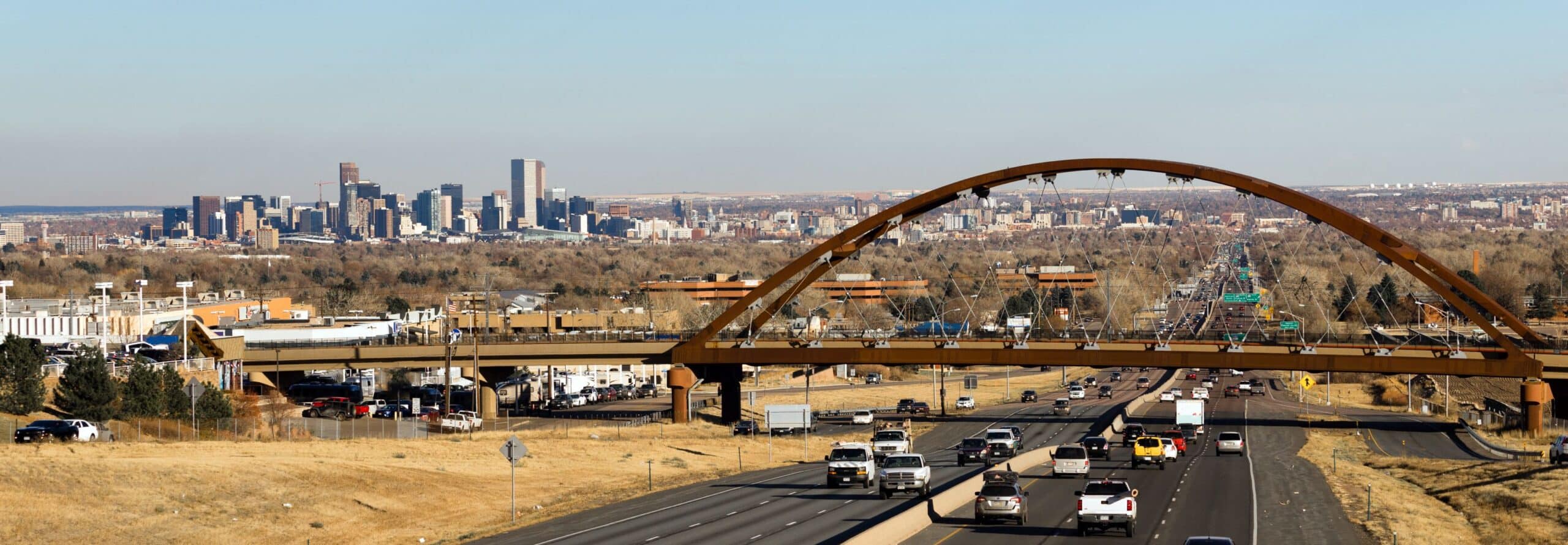There were 75 Ozone Action Day Alerts issues by Colorado state health in 2021 hot season.
And as Colorado Sun reporter Michael Booth writes in the paper’s newsletter:
“The northern Front Range’s newest plan to meet federal ozone-reduction mandates comes with a rare upfront admission that it won’t work.”
Here’s the entire copy of the story since it is not accessible on the Colorado Sun website:
The northern Front Range’s newest plan to meet federal ozone-reduction mandates comes with a rare upfront admission that it won’t work.
The Regional Air Quality Council, a nonprofit board of experts and local officials charged with writing the state’s ozone compliance plan, will vote Aug. 5 on the latest proposals for trimming the hazardous ground-level gas. Colorado’s 10 northern Front Range counties now have two EPA standards to meet in the plan: A 2008 ceiling of 75 parts per billion ozone averages, and, as medical science cracked down on ozone effects, a tougher 70 parts per billion ceiling set in 2015.
The nine counties east of the Front Range, from Douglas on the south to Weld on the north, are constantly violating both limits during hot, sun-baked summers, despite years of new rules on oil and gas drilling and improved automobile technology.
In briefing reporters about the proposed ozone plan RAQC will vote on next week, RAQC staff acknowledged that even the new proposals will not make enough cuts for the tough 2015 standards by a 2024 EPA deadline, “just two short years” away.
“It’s not possible to get us into compliance by the next due date,” RAQC executive director Mike Silverstein said.
So do better, responded a coalition of environmental groups and local air pollution officials, in their own briefing on the proposed implementation plan. Deadlines on past state plans have come and gone, they point out, and the EPA continues to downgrade the region’s ozone results.
The briefings came amid consecutive days of Ozone Action Alerts for the northern Front Range, advising those with asthma or other sensitivities to be cautious about outdoors work or exercise.
The EPA has already signaled it will lower the region from “serious” nonattainment to “severe” nonattainment. That will trigger a few mandatory measures, including requiring all regional gas retailers to use reformulated fuel releasing fewer volatile organic compounds. It will also lower the threshold for when industrial pollution emitters need to get a state permit and the accompanying oversight, from 50 tons per year to 25 tons.
Still not enough, both briefings acknowledged. The coalition for a crackdown is asking the public to rally with comments before the RAQC vote, and for a later review of the plan by the state’s Air Quality Control Commission. The coalition wants:
- Meaningful caps on total vehicle miles traveled in the region that ratchet down over time.
- Summer timeouts for oil and gas drilling activity that they say is one of the worst contributors to ozone-creating gases.
- Strict emission limits on largely unregulated small engines burning fossil fuels, like lawn mowers and leaf blowers, and accelerated rebate or exchange programs for electrified versions.
There is some theater and wishful thinking involved in the dueling briefings. The RAQC doesn’t have the power to carry out its ozone-cutting suggestions. That power resides in rulemaking by the Air Quality Control Commission and other state agencies and local governments.
But bolstering the ozone fight has to start somewhere, the environmental coalition argues, and public votes on a new state plan are the best opportunity.
“It does feel like there is a real moment here” with the pending improvement plan, CoPIRG’s Danny Katz said, speaking for the coalition. “We can’t really afford another few years of not being proactive.”
The public can follow the RAQC’s deliberation and vote here. The AQCC plans to weigh in on the plan with public hearings in the fall. Finally, the regional EPA office, which has shown a willingness to prod the state to faster action under director KC Becker, has the power to approve the plan or seek revisions.
